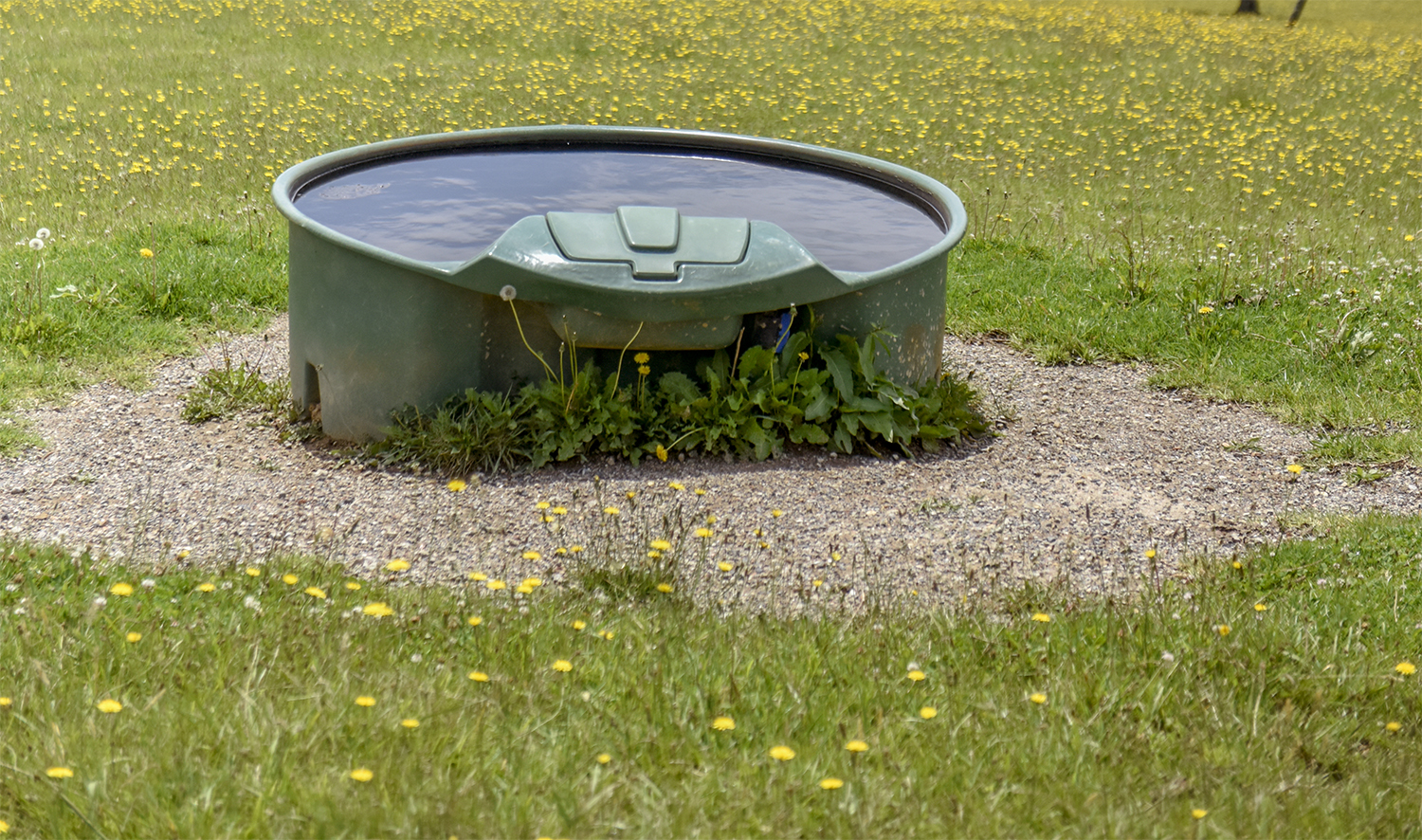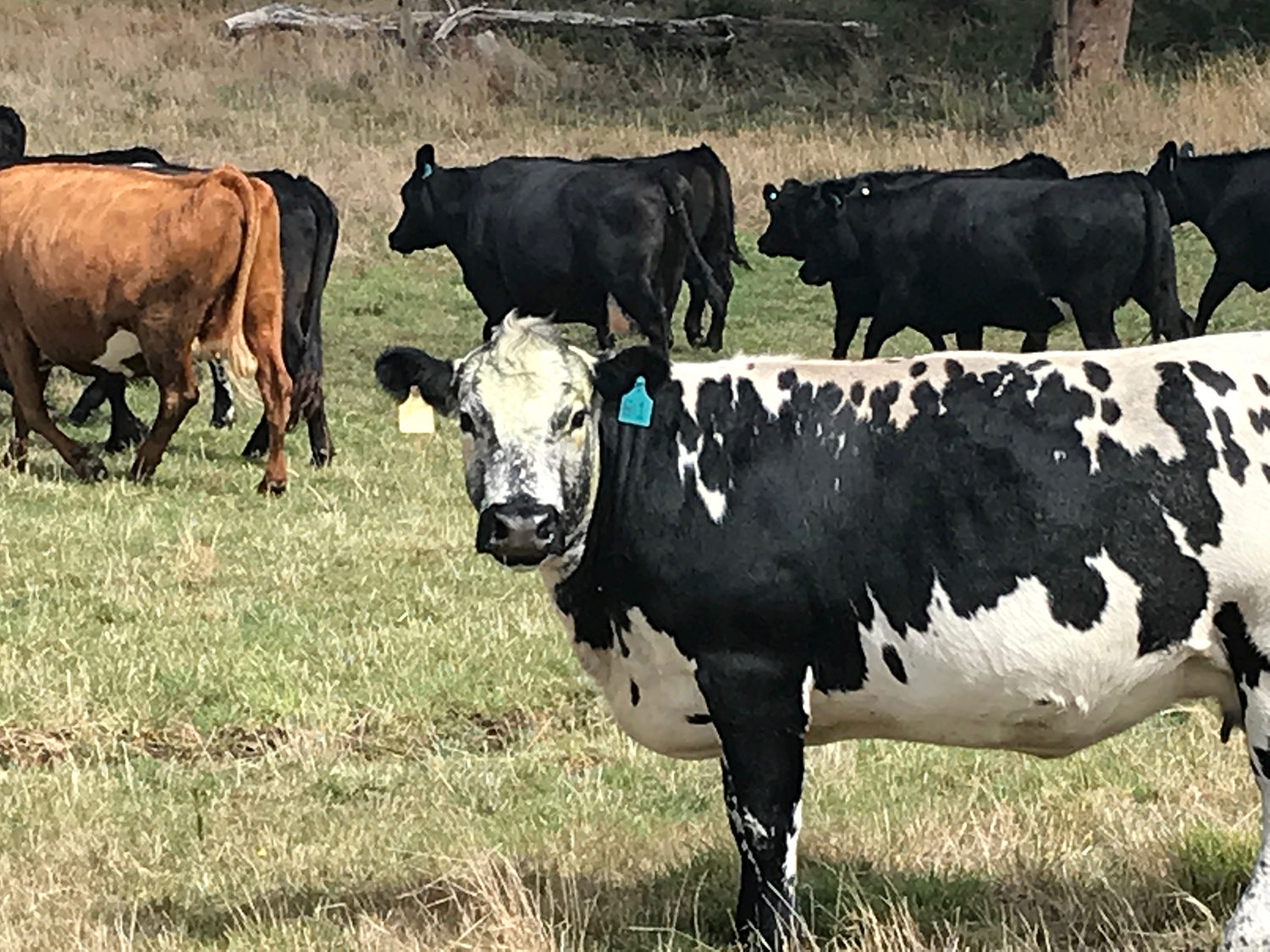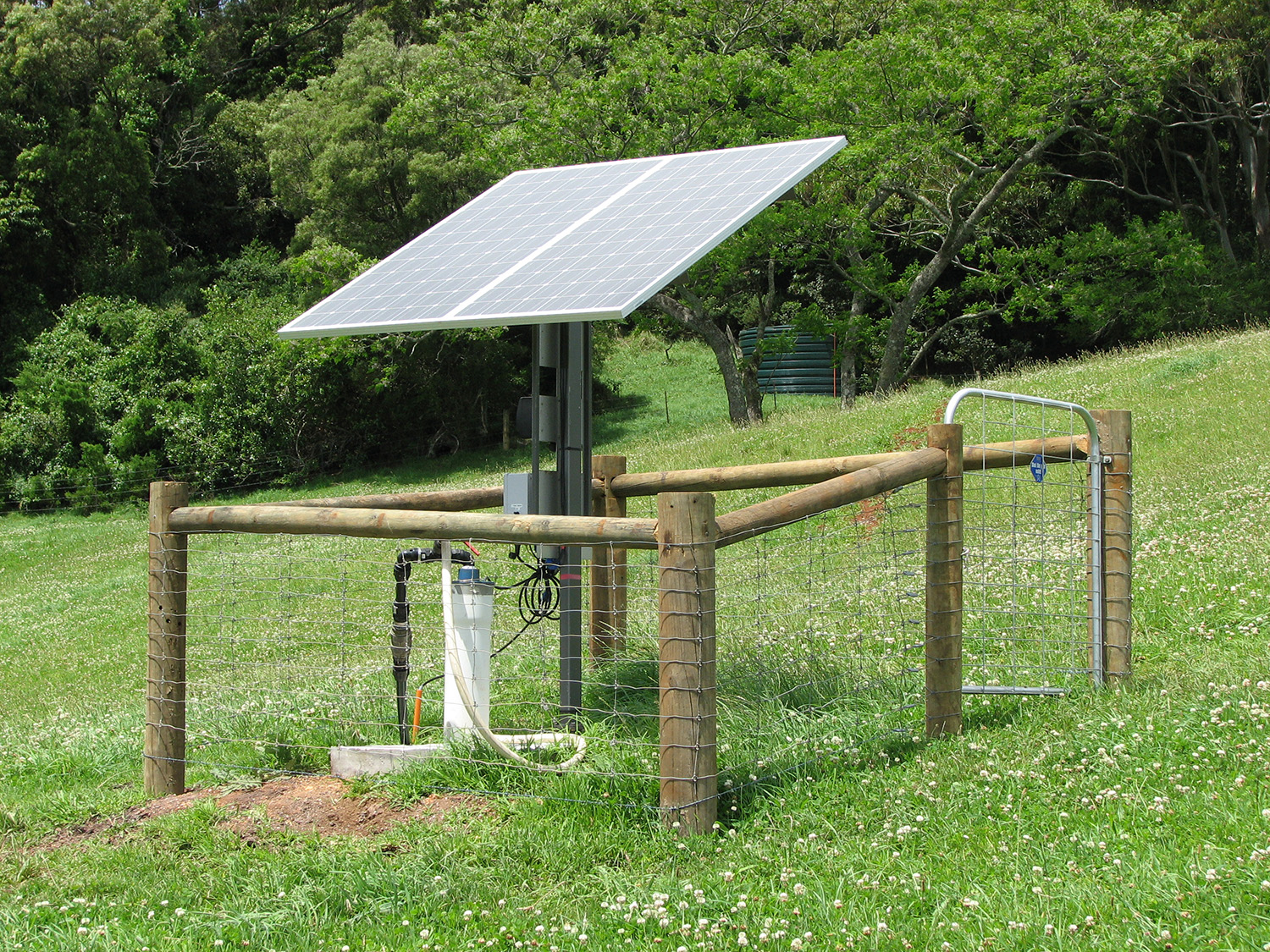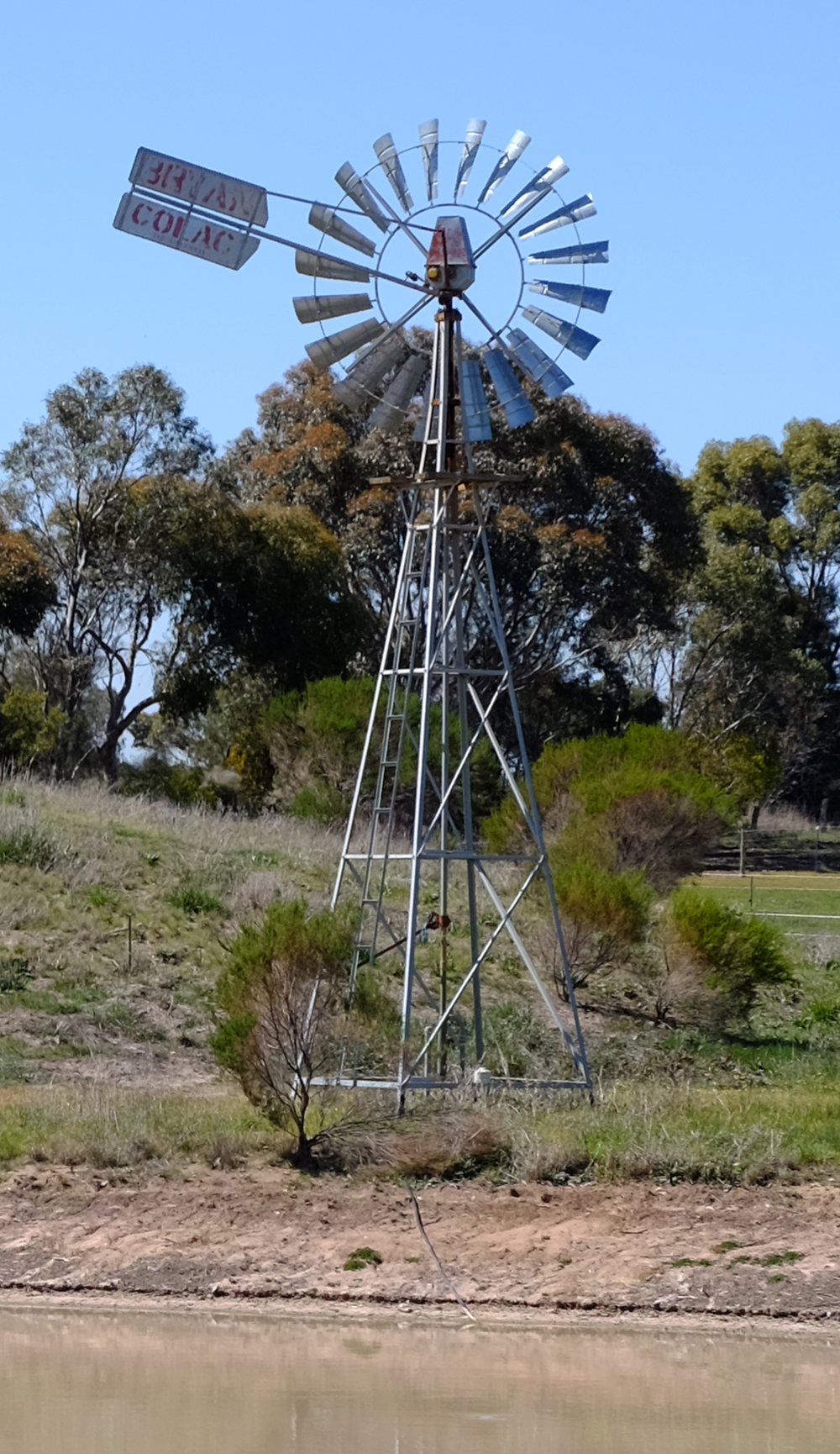Installing a watering system can be an opportunity to improve your entire farm business. As well as helping you protect your riparian areas, a whole farm watering system gives you flexibility to make other changes so that you can use your land more efficiently.
Many of the farmers in this guide used the availability of water to alter paddock layouts to achieve productivity goals like fencing to land type, creating smaller paddocks for rotational grazing and offering more shelter for stock.
This section contains general information about designing a watering system. More information is available online, and from your Local Land Services, agricultural supplier, agronomist or irrigation specialist.
Subsidies and other incentives are usually available to farmers to install watering systems when they agree to fence-off their riparian areas.
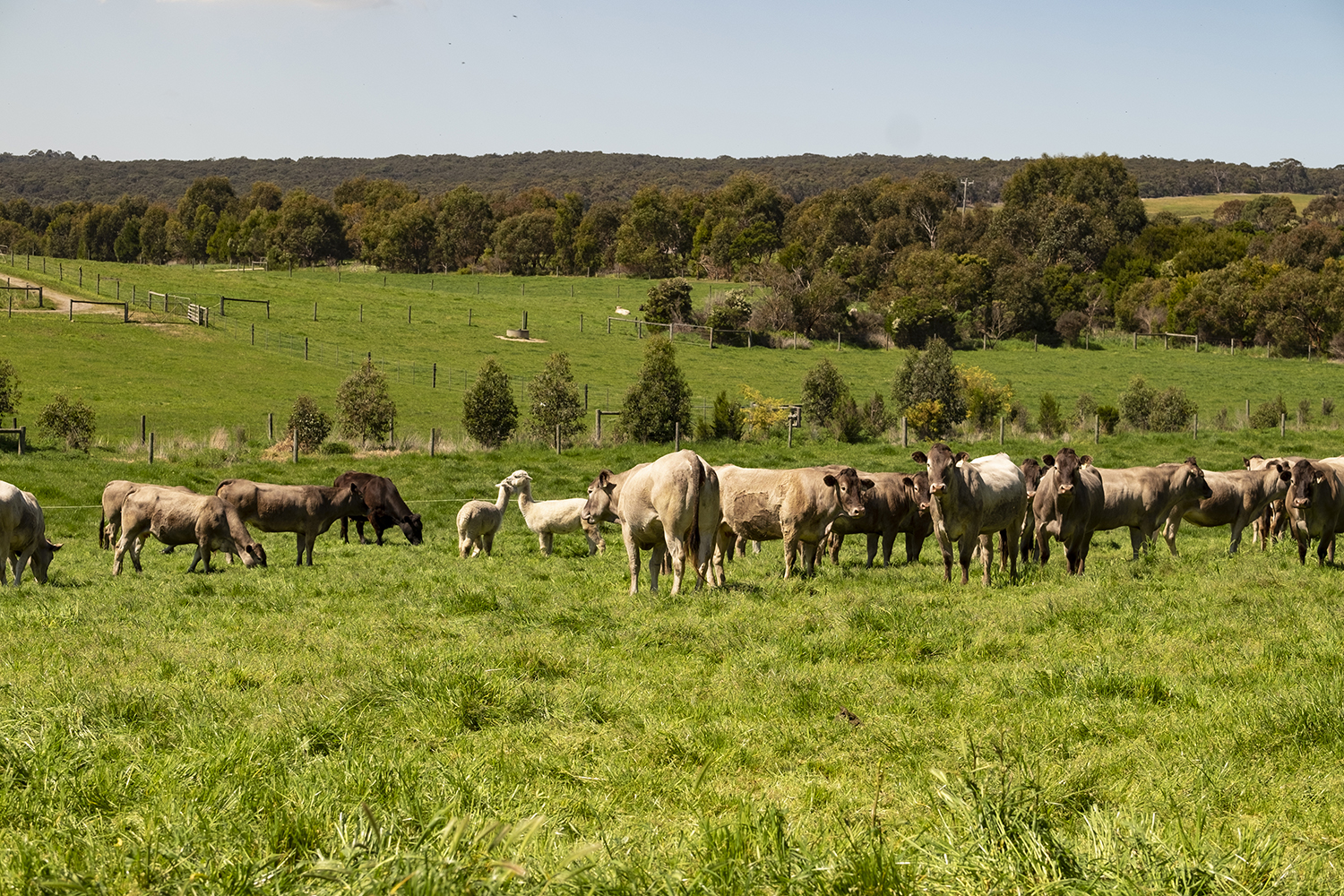
Use a whole farm plan to guide you
The best system for your enterprise will depend on a number of factors including the water source, topography, type and number of stock, the height and distances between your water supply and watering points, climate and power supply.
Designing your watering system as part of a whole farm plan will help you:
- identify the best location for pumps, tanks, troughs, or dams.
- minimise costs by using elevated areas of the property to provide pressure and reticulation.
Licences and permits from your council or water authority may be required, especially if you need to establish a new watering source.
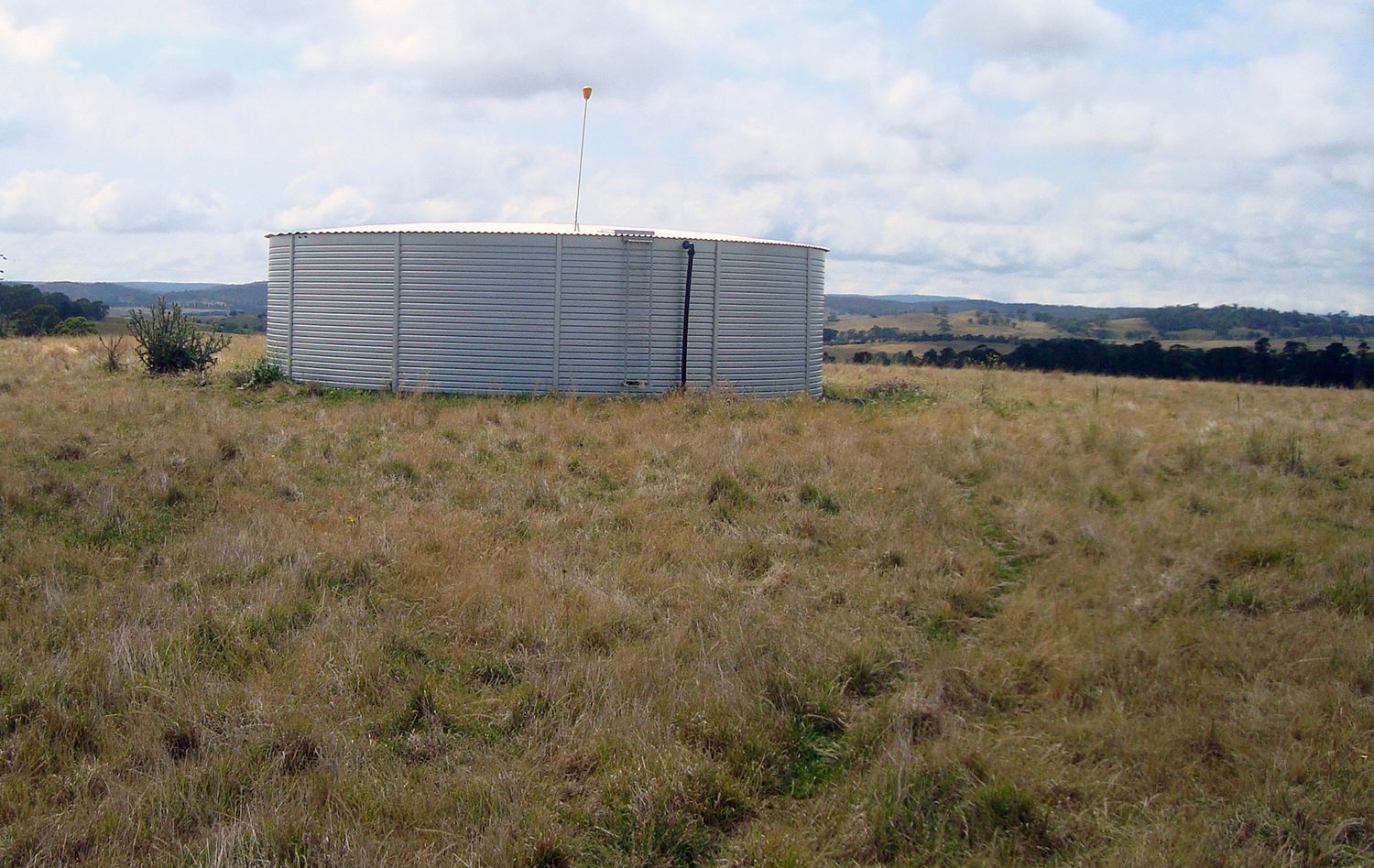
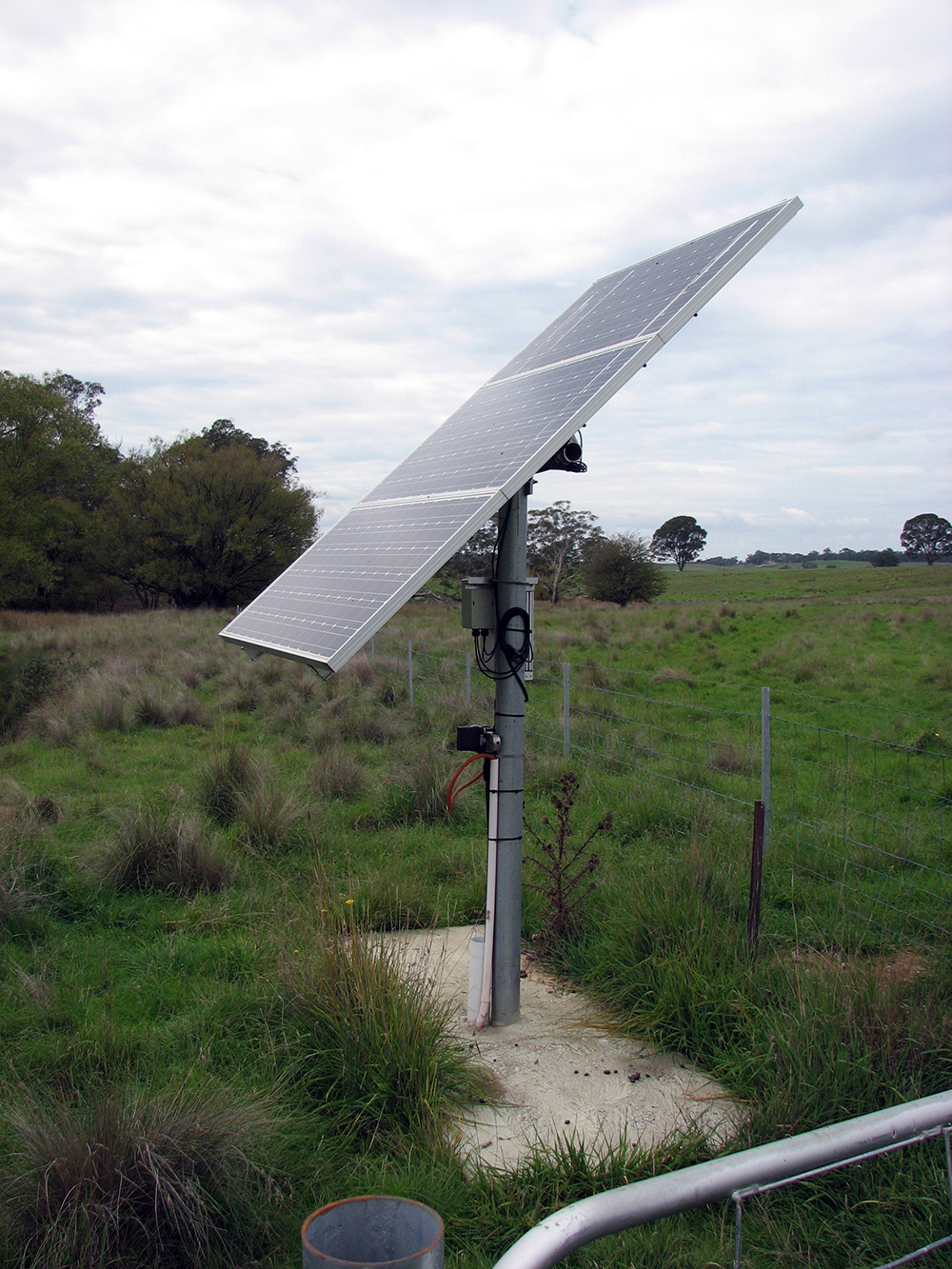
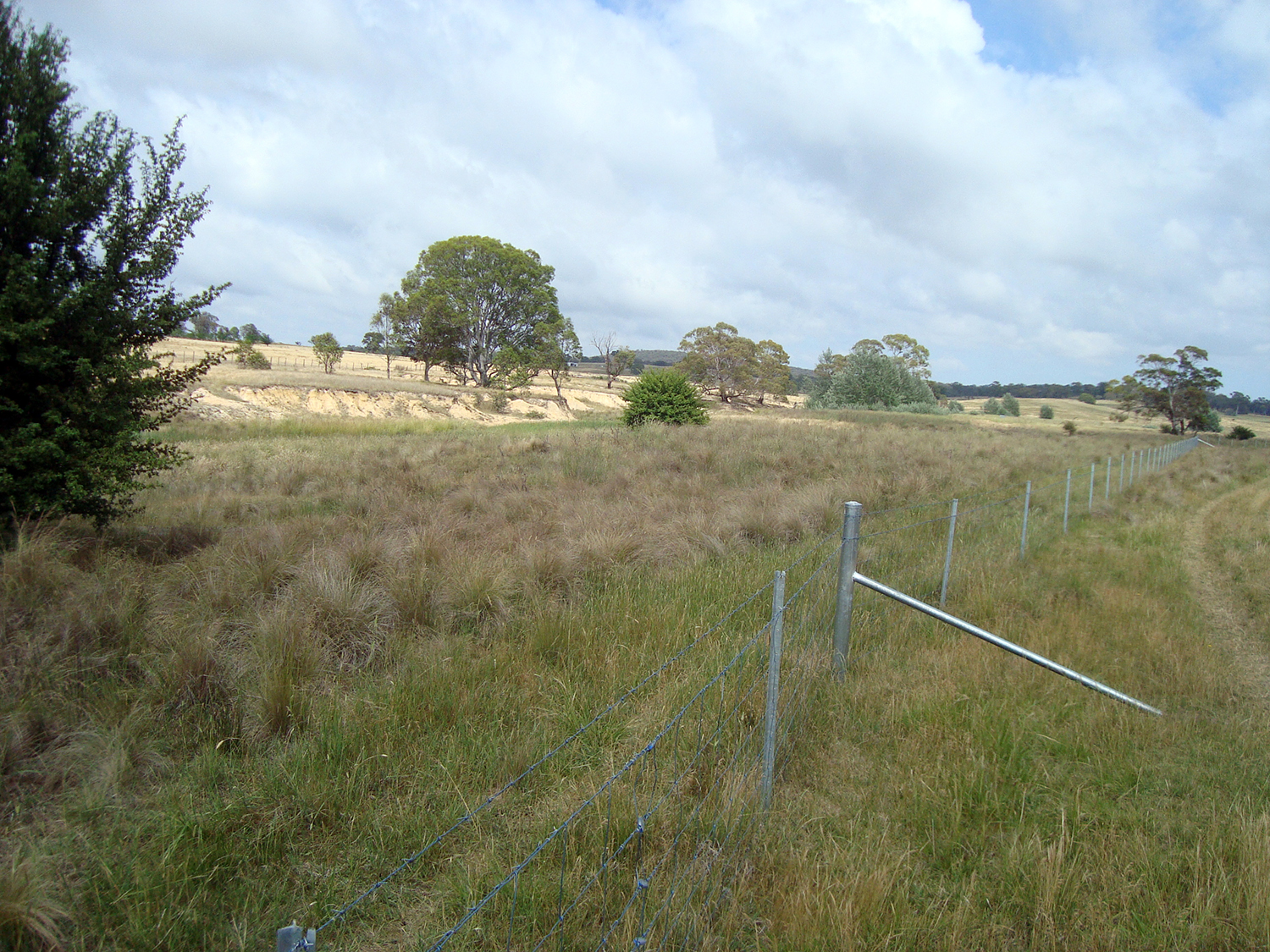
Determine your water needs
You will need to work out the maximum peak daily demand based on the number of stock in each paddock as well as other factors such as seasonal conditions, and the on-farm storage volume required.
Peak daily demand will help you calculate the size of your main on-farm storage, and how many days supply you need in case of system downtime or outage.
The table below is an indicative guide only. Note that stock water requirements increase significantly in summer (especially if there is little shade), when feed has lower moisture content, and if the water supply is saline. The age, condition and breed of your stock can also influence water consumption. Contact your industry body for more detailed information.
Remember to factor in summer conditions, particularly the potential for extended periods of hot, dry weather, and your future farm plans when calculating your water needs.
Consider the sources of water available to you
How you capture, store and supply water to stock will depend on your source of water. This could be your waterway, a groundwater bore, a dam or mains supply. Important factors to consider when choosing a watering source include:
- your peak daily and seasonal water needs.
- the initial and ongoing costs of capturing and supplying water across the property.
- water quality.
Calculate the distance and height water needs to travel
The cheapest watering systems use gravity to move water across the landscape. You may need to pump water to a tank or dam on higher ground to be able to gravity feed to watering points below.
To ensure your system can deliver adequate flow at peak demand, you need to know the distance and height differential between the supply and watering points. A smaller height differential results in a slower flow, and requires wider piping to deliver adequate volumes of water. Similarly, larger piping is required to deliver the same amount of water over a longer distance.
Licences and permits from your council or water authority may be required, especially if you need to establish a new watering source.
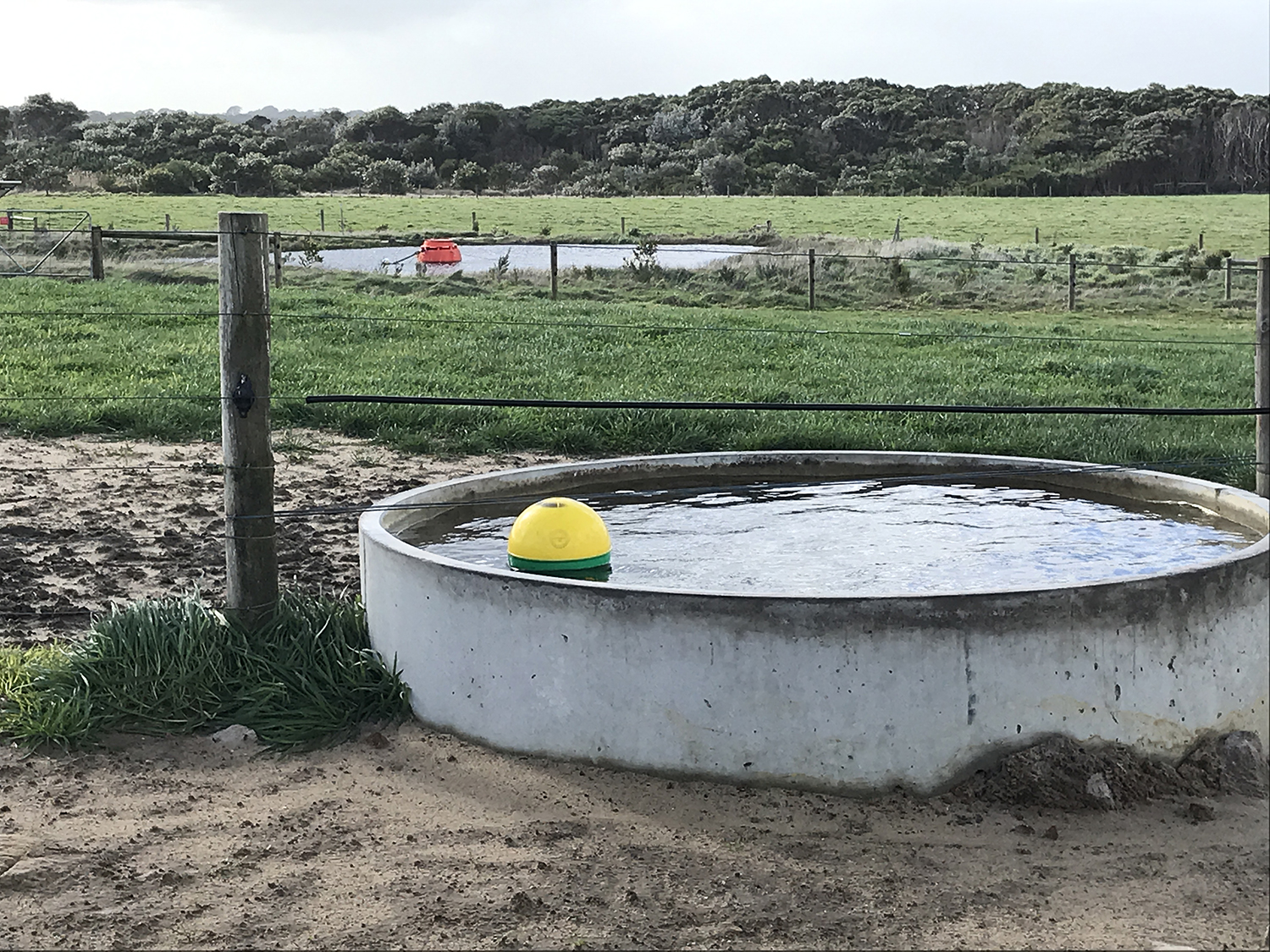
Moving water across the landscape
Unless your water source is located at the top of your property, it is likely you will need to pump water to a storage tank and/or watering points.
A summary of the main types of pumps is found below. Whatever type of pump you choose, make sure your storage tank is large enough that you have a few days’ supply ‘up your sleeve’ in case of malfunction.
Some pumps can be monitored and contolled remotely via Smartphone.
| Type of pump | Advantages | Disadvantages |
|---|---|---|
| Electric | Best for pumping large volumes uphill or long distances. Can be automated. Reliable. | Need access to reliable mains power. Can be expensive to purchase. |
| Diesel/petrol | Suitable for pumping large volumes uphill or long distances. Good back-up option. Portable. | Can be expensive to purchase & run. Needs refuelling. Difficult to automate. |
| Solar | No running costs. Reliable in sunny weather. Peak energy needs correspond with peak energy supply. Easy to maintain. | Less suitable for pumping large volumes uphill or across long distances. Can be expensive to purchase. |
| Wind | Cheap to run. | Least reliable. Not suitable for pumping large volumes uphill. Requires large storage tank. |
| Air | Good option where mains power is available but is intermittent or not close to the pump. | Not suitable for large volumes. Air leaks can be difficult to detect. Requires another source of power. |
In-dam watering points
The vegetation around a dam performs the same important functions as riparian vegetation.
Fencing off your dam will improve water quality, provide habitat for birds, beneficial insects and wildlife, and be safer for you and your stock. Riparian vegetation will also help reduce water losses due to evaporation.
If you are unable to completely restrict stock access, create an in-dam watering point in a deeper part of the dam, away from the inflow, dam wall and spillway areas. Including a gate at the access point will give you more control over stock access.
As well as providing cleaner water for your stock, fencing off your dam is one of the quickest ways to increase biodiversity on your property.
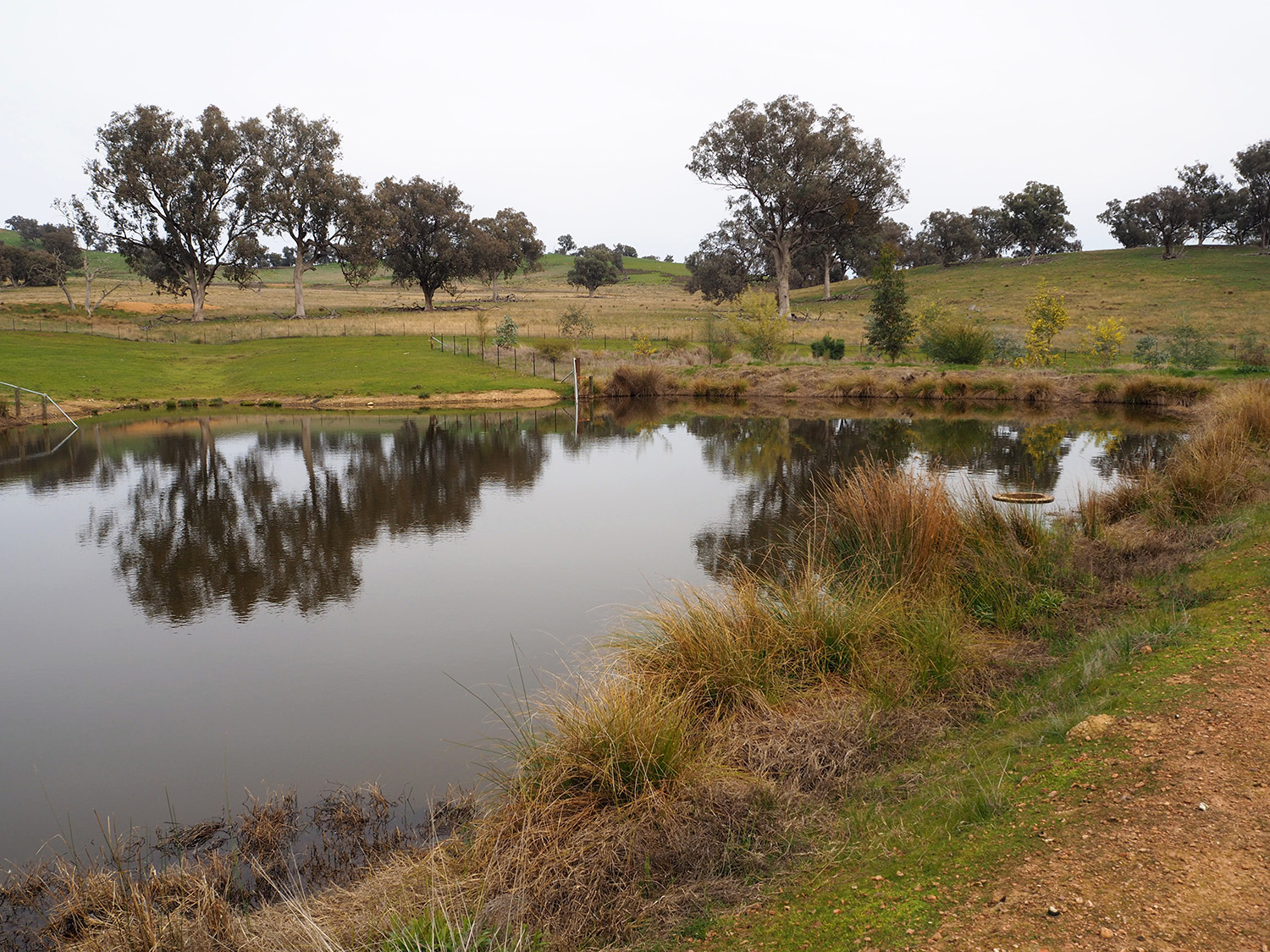
The guidelines below will help you design and build an effective in-dam watering point.
- Choose a firm and relatively flat spot:
The gradient of the slope should be no more than 1:6, both to reduce the risk of erosion and to make it easier for stock to reach the water’s edge. The information in Section 7 about building crossings will be relevant to creating the base of your in-dam watering point. - Do not make the watering point too narrow or too wide:
Consider the maximum number of stock that will be using your in-dam watering point. If is too narrow, stock pressure will likely result in damage to your fencing and the watering point surface. On the other hand, a wide watering point exposes a much larger area of your dam to the negative impacts of stock. - Controlling access to your in-dam watering point:
You will need to construct a barrier to prevent stock entering the dam from the watering point. The information in Section 5 about fencing across a waterway may be useful to you. - Entice stock away from the watering point:
Feed your stock, leave supplements like salt licks or mineral blocks, and provide alternative sources of shade and shelter as far from the watering point as possible.
Take note of seasonal fluctuations in the water level and build your in-dam watering point so that stock can access water even when levels are low.
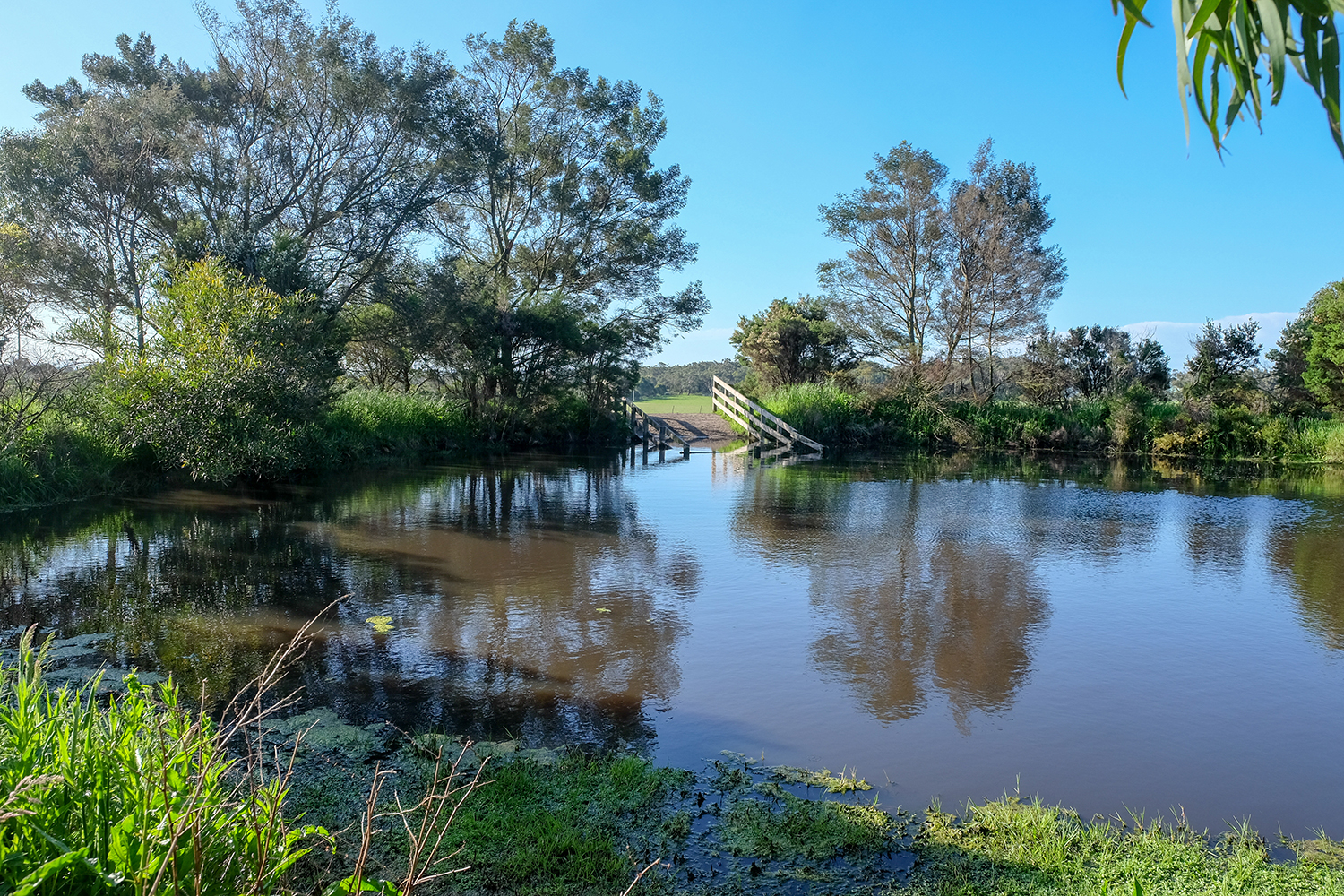
In-stream watering points
If you currently have no option but to allow your stock access to your waterway for drinking, limit the amount of time they can spend in the waterway by creating a fenced off and gated in-stream watering point.
The best place to build an in-stream watering point is on the inside of a bend where water flow is slower and less vulnerable to erosion. Use the guidelines for in-dam watering points above to construct an in-stream watering point.
As well as providing cleaner water for your stock, fencing off your dam is one of the quickest ways to increase biodiversity on your property.
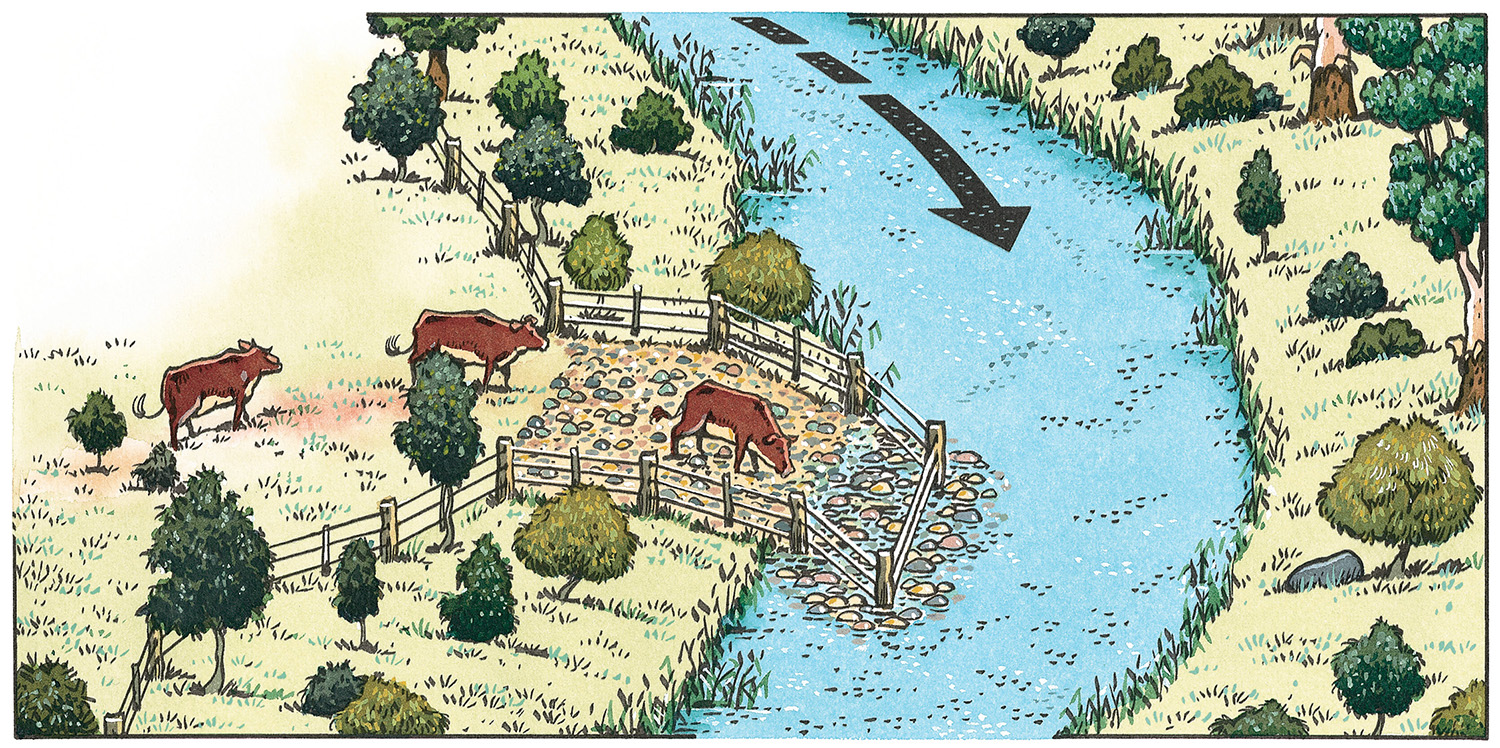
PUTTING IT INTO PRACTICE: DAVE AND SKYE WARD’S STORY
Bungonia sheep farmers, Dave and Skye Ward, believe that fencing off their riparian land is one of the best management decisions they have made.
A new paddock layout and solar-powered watering system have significantly improved their ability to graze the entire 1300 acre property. As well, the erosion along the creek banks – which was the trigger for fencing off their riparian land – has been arrested, and the area is showing good signs of recovery.
“The place is much easier to manage now.”
One of the first things Dave and Skye wanted to do when they bought their new property was fence off both sides of their Spring Ponds Creek frontage.
“It was pretty badly eroded and it would only have gotten worse because sheep are terrible for walking along the edge of the banks,” says Dave.
The project involved 10km of riparian fencing and, as the creek was the primary source of stock drinking water, the installation of a watering system.
While many people would have been put off by the scale of the project, Dave and Skye saw it as an opportunity to improve their business. In particular, they wanted to be able to implement sustainable grazing practices, something the existing layout did not allow.
“We had a small number of large paddocks that all ran down to the creek because that’s where the stock had to go for water,” recalls Dave. “It really limited our ability to graze each paddock evenly and to give the grass enough time to recover.”
The couple prepared a whole farm plan that prioritised fencing out both sides of the creek, a gully and some tributaries. Then, using the riparian fencing as their boundary, they subdivided all their large paddocks into a number of smaller paddocks.
A critical component of the farm plan was designing a watering system to deliver water to their paddocks. In the end, they decided to pump water from a deep point in Bungonia Creek to a header tank from where it could be gravity fed to troughs.
Having grown up with petrol and diesel pumps that always needed refuelling, Dave was keen to give solar a go. He hasn’t looked back. “It just sits there and does its job. Touch wood, we haven’t had any problems with it.”
If he was to do it all again, Dave says he would put two troughs in each paddock as a back-up, in case something did go wrong.
Apart from that, however, the couple are thrilled with the outcomes.
“Both sides of the creek are getting good cover, and the paddock layout is miles better for managing the grass and letting us rest the pasture for longer,” says Dave. “The place is so easy to manage now – you could practically do it on your ear.”
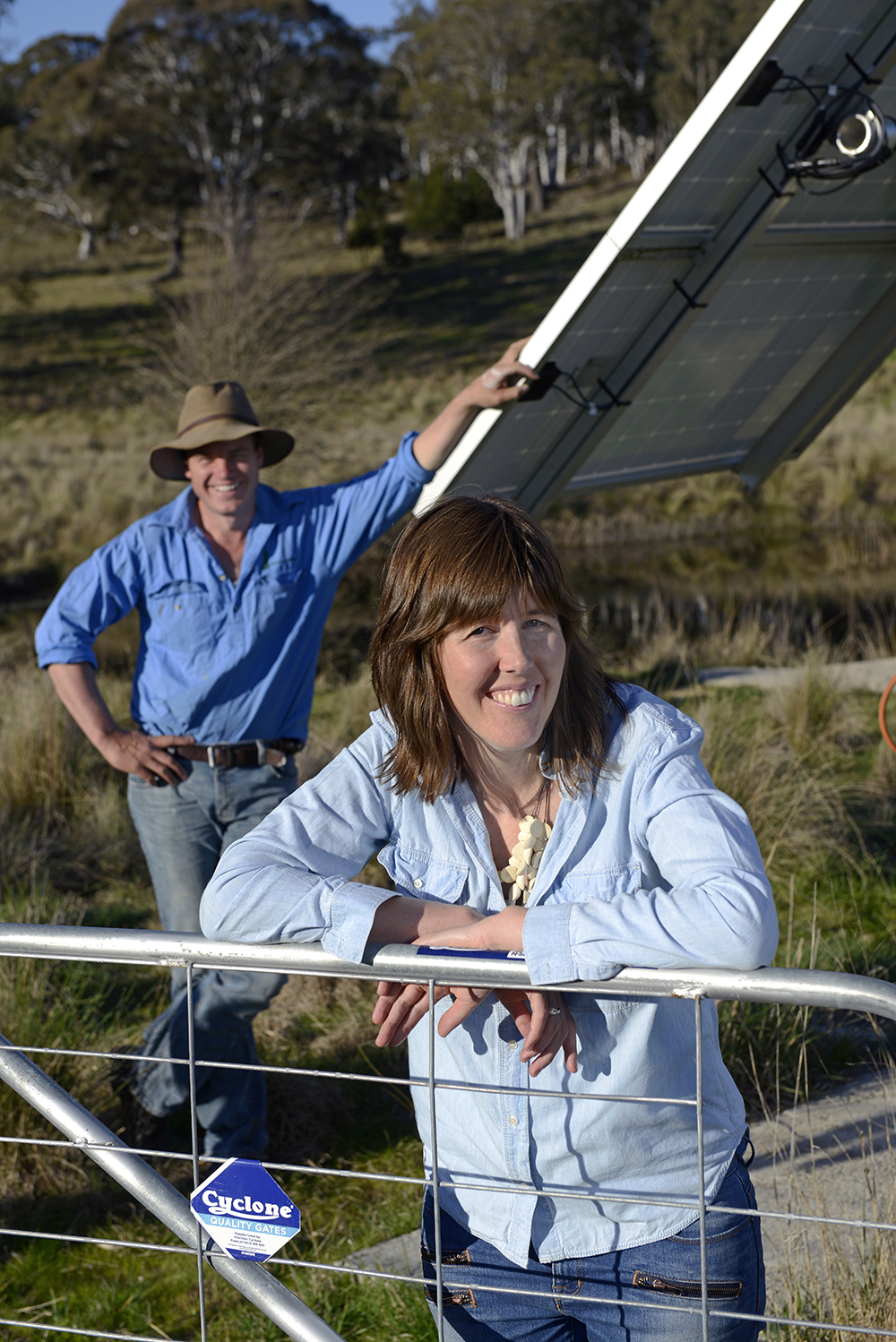
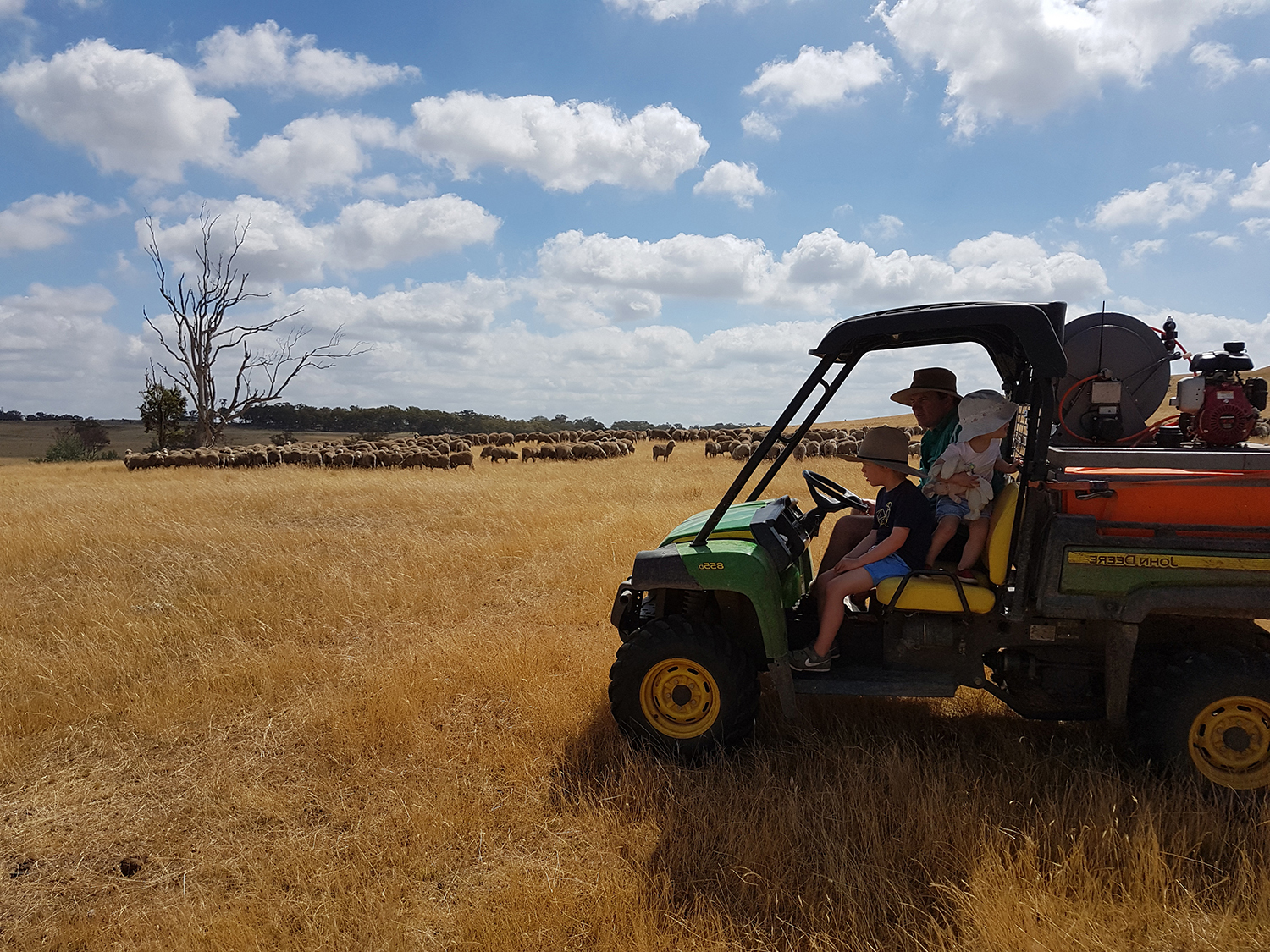
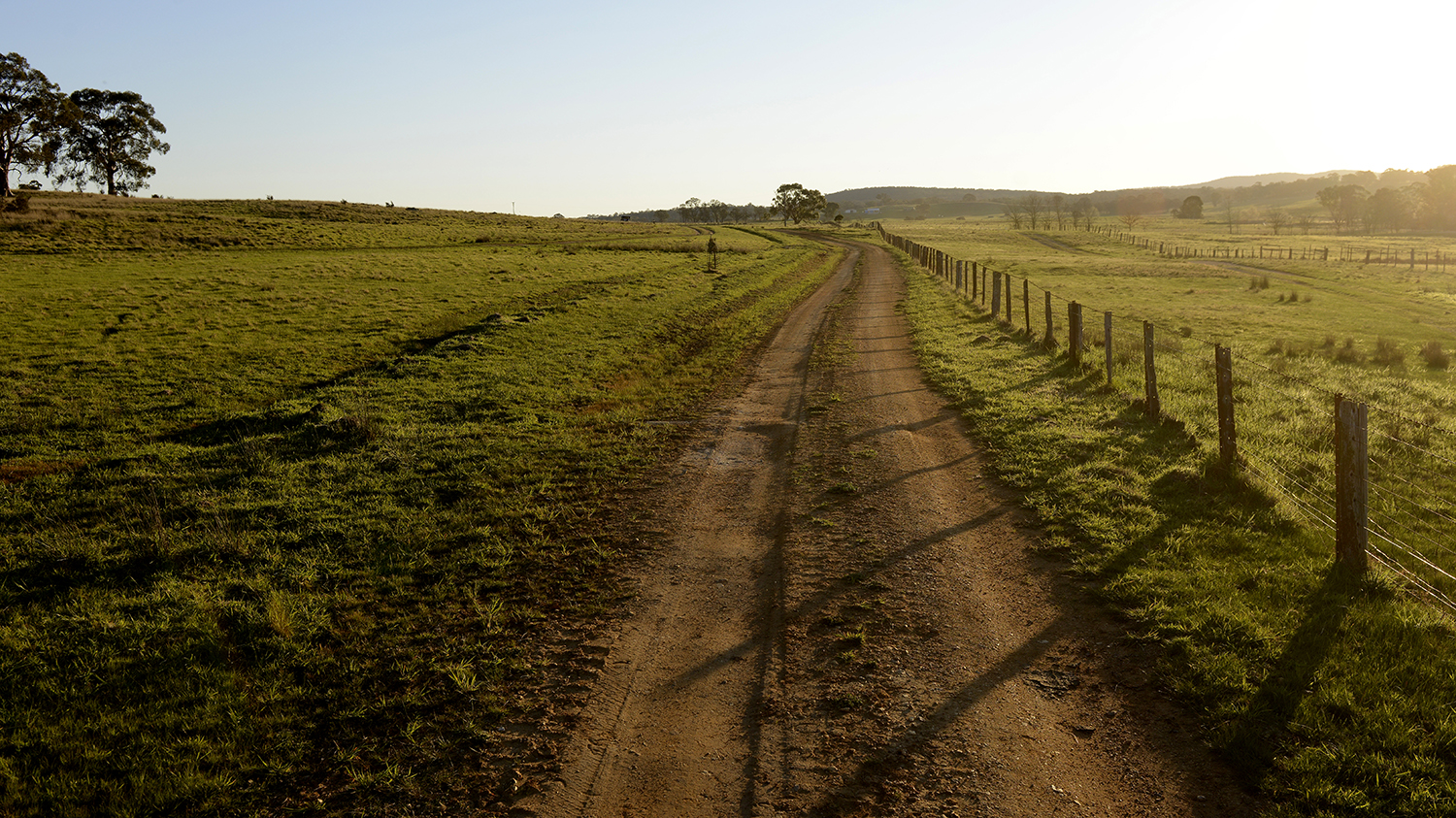
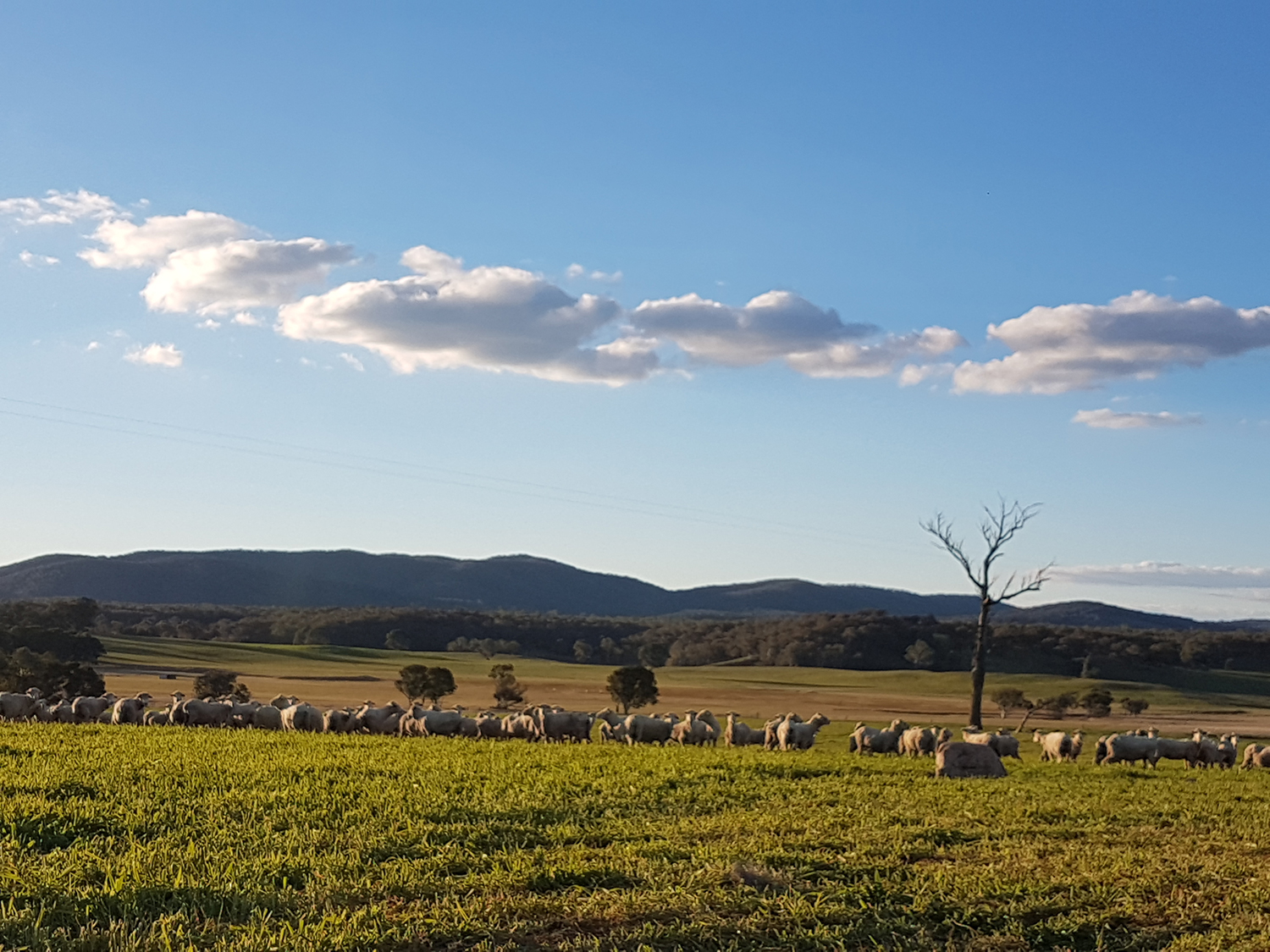
Download a PDF copy of Section 6: Watering Systems.
Fill in the form below and we’ll send you a digital copy.
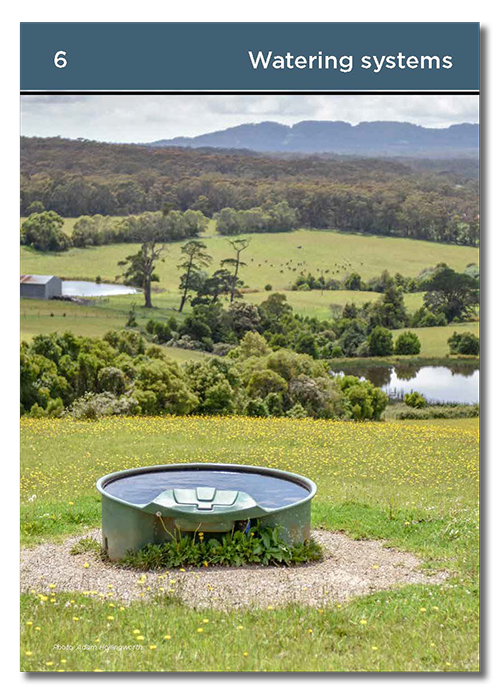
We have incentives available for managing stock around waterways on your farm…
Through our Rivers of Carbon program we can help you manage stock around waterways. We will visit your property and work with you to develop a plan for your waterway that may involve fencing, off-stream water, small-scale erosion works, and re-vegetation.
Once we have an agreement in place on what we want to achieve together, we generally cover at least half of the costs involved in implementing the agreement. Click the button below to learn more about our program:
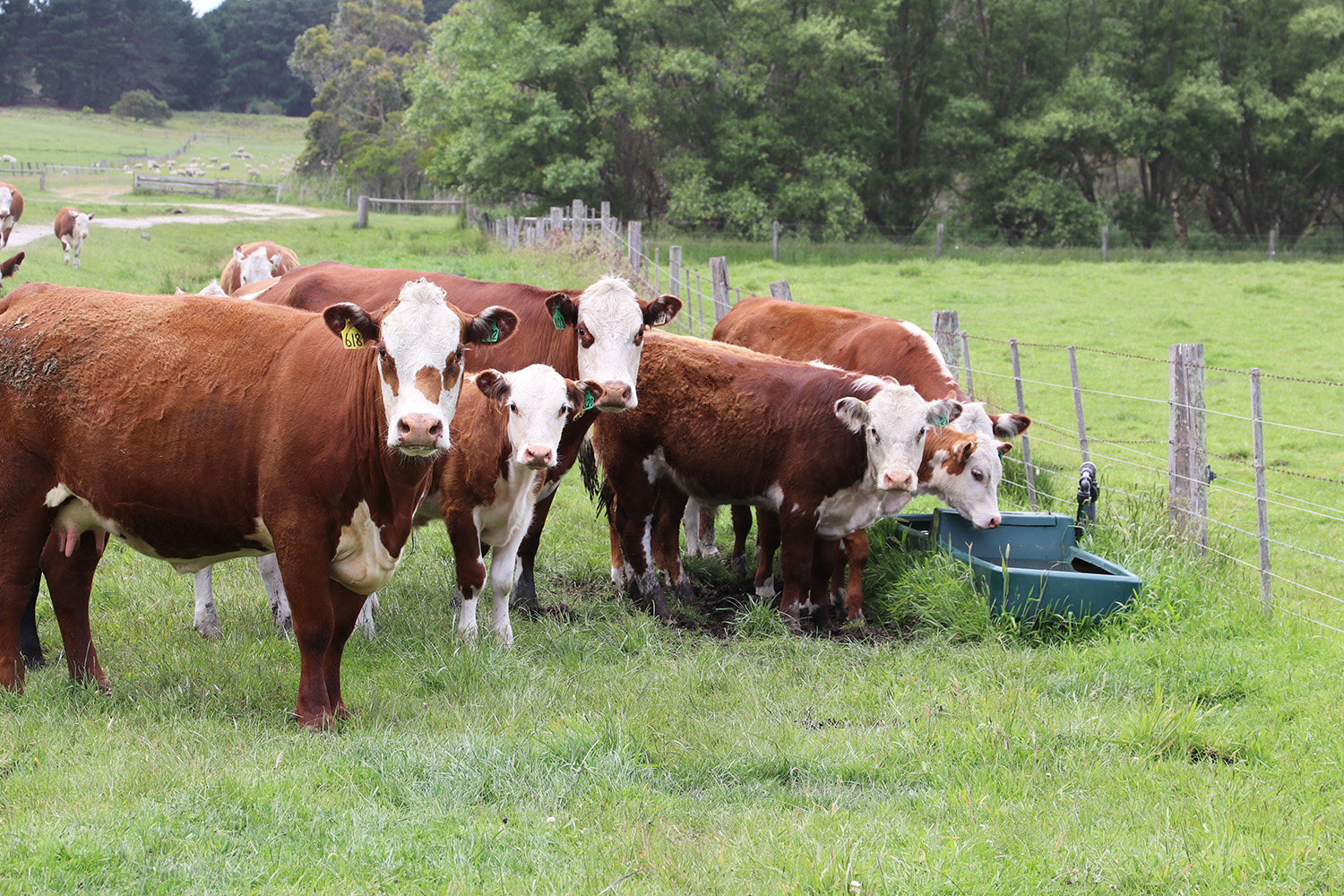
This website is a collaborative project between:



